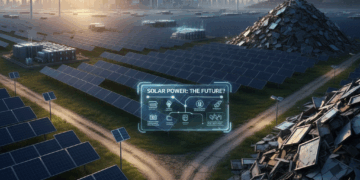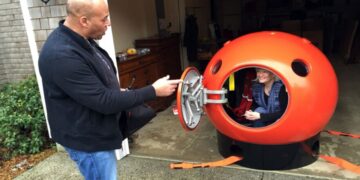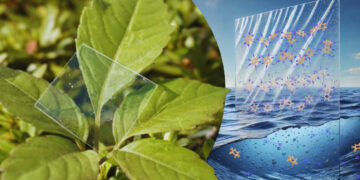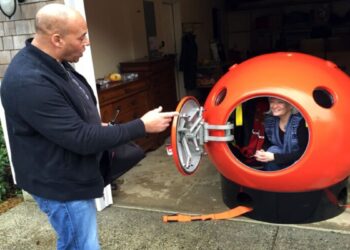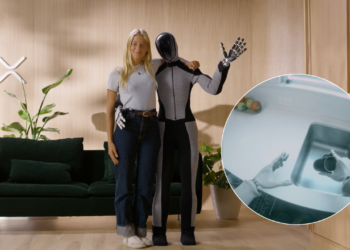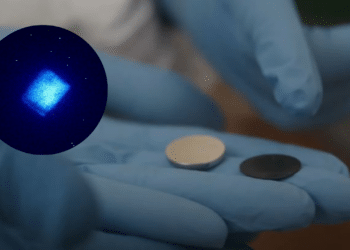U.S. researchers have developed a “microgrid” that is inserted inside a t-shirt and uses body energy to produce enough electricity for a smartwatch
“Everything is energy and that is all there is,” said Albert Einstein. This (vaguely philosophical) maxim from the German physicist has been taken literally by a team of engineers at the University of California, San Diego in the US. Leveraging their expertise in nanoparticles, the researchers have created a “microgrid” that can absorb and store energy from the human body. How? Through sweat and movement! The device is composed of three parts: biofuel cells powered by sweat, triboelectric generators – i.e. devices powered by movement – and super capacitors for storage. What’s special about the project is that the grid is so thin and flexible that it can be “silk-screened” onto the surface of a common t-shirt and worn during everyday life. Joseph Wang – UC San Diego professor of nanoengineering, director of the Center for Wearable Sensors and creator of the project – explained how the idea came about. “We are applying the microgrid concept to create wearable systems that are sustainably, reliably and independently powered. Just as a city grid integrates a variety of local renewable energy sources such as wind and solar, a wearable microgrid integrates devices that collect energy locally from different parts of the body, such as sweat and movement, while containing energy storage.”
Read also -> DTS charger: the powerbank that works by candles
How does the T-shirt that produces energy work?
The T-shirt designed by researchers in San Diego is a concentration of wearable technology. Biofuel cells – positioned at chest height – collect energy from sweat. Triboelectric generators are “printed” on the forearms and instead generate energy from the swinging motion of the arms or torso – for example, when walking or running. In fact, the triboelectric effect is an electrical phenomenon that involves the transfer of electrical charges, and thus the generation of a voltage, between different materials when they are rubbed together. Finally, supercapacitors store the energy stored by cells and generators and discharge it to the outside world. By combining these two storage systems, the microgrid is able to produce energy both when the wearer is standing still and when in motion. And it really works! Initial tests conducted by researchers have shown that the T-shirt is capable of storing enough energy to power small electronic devices. In a 30-minute session (10 minutes of exercise on an exercise bike or running, followed by 20 minutes of rest) the system was in fact able to power an LCD wristwatch.
You may also be interested in -> The chip to recharge your smartphone with hot water



